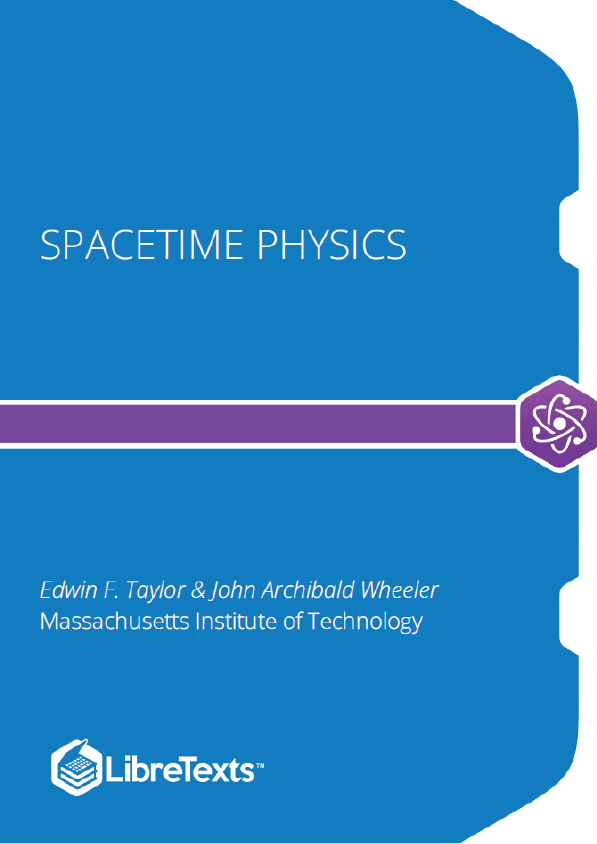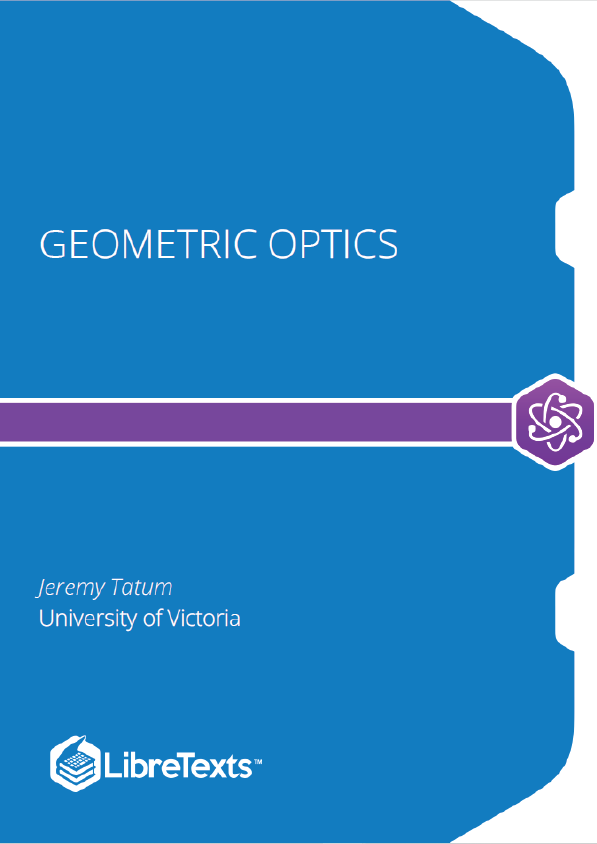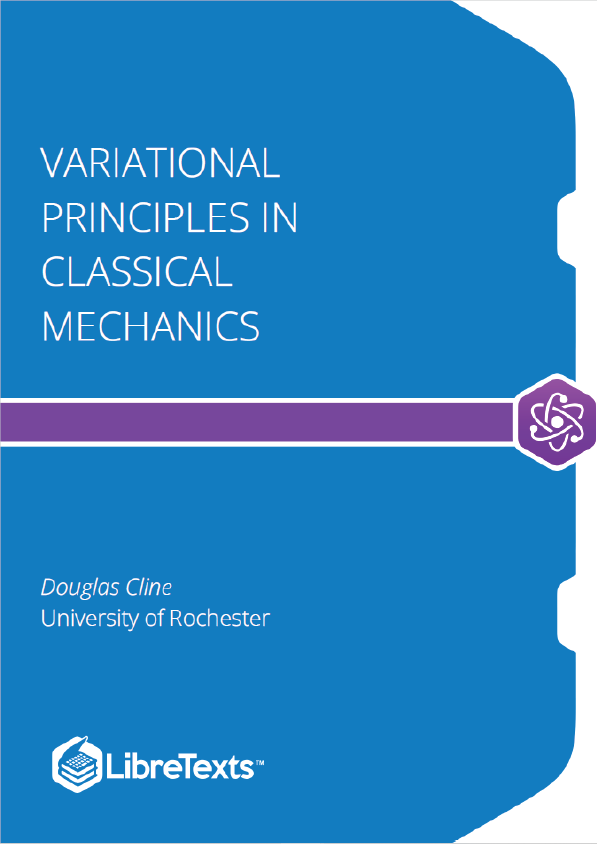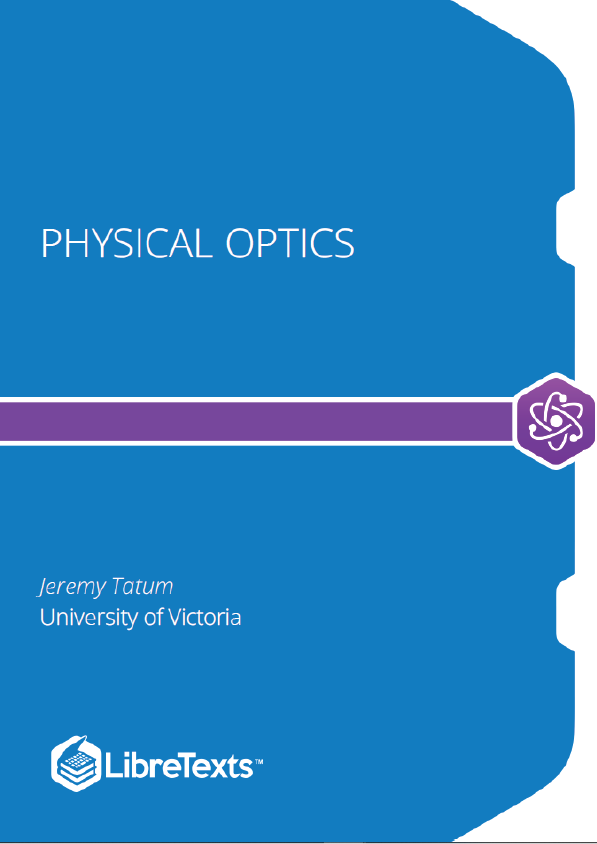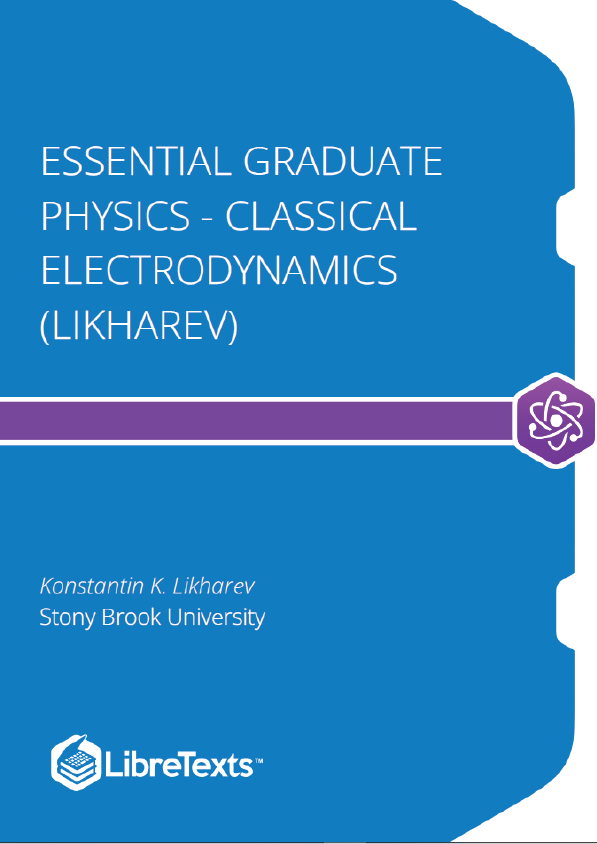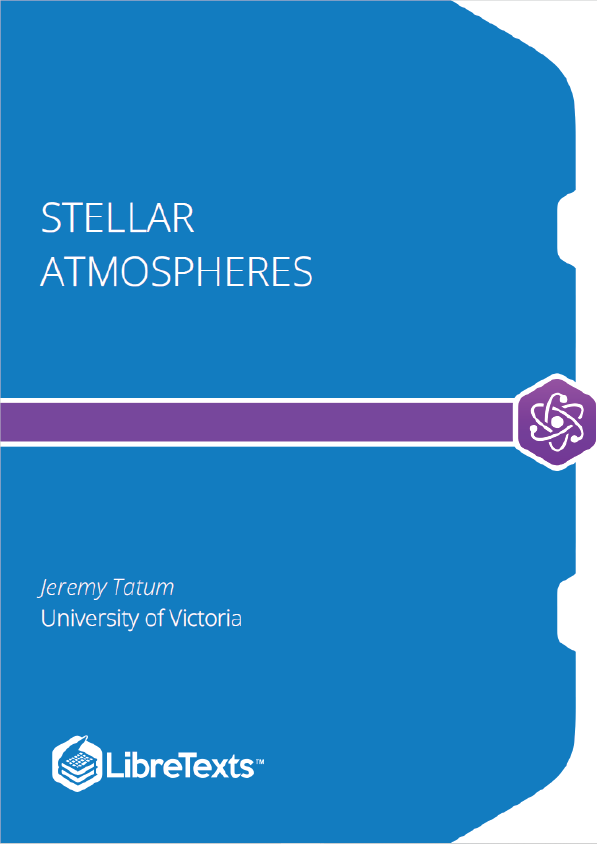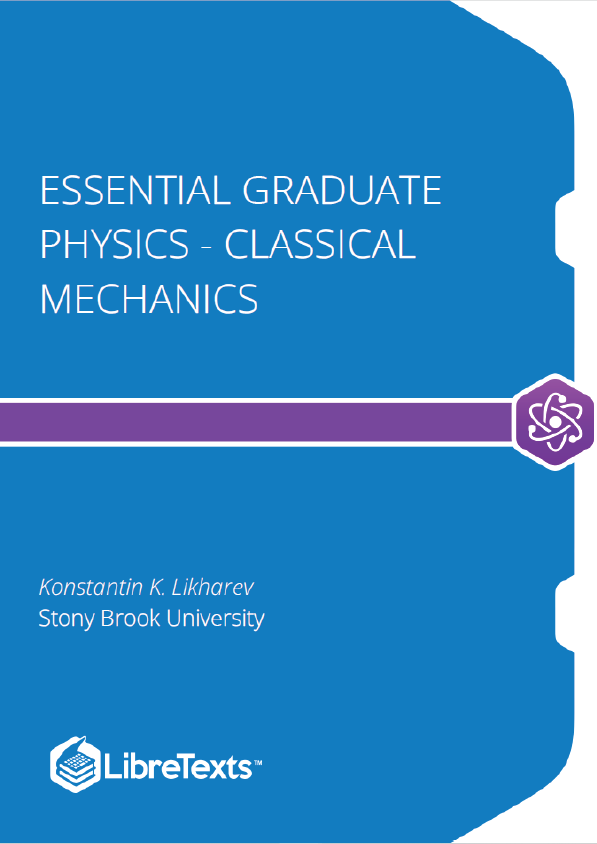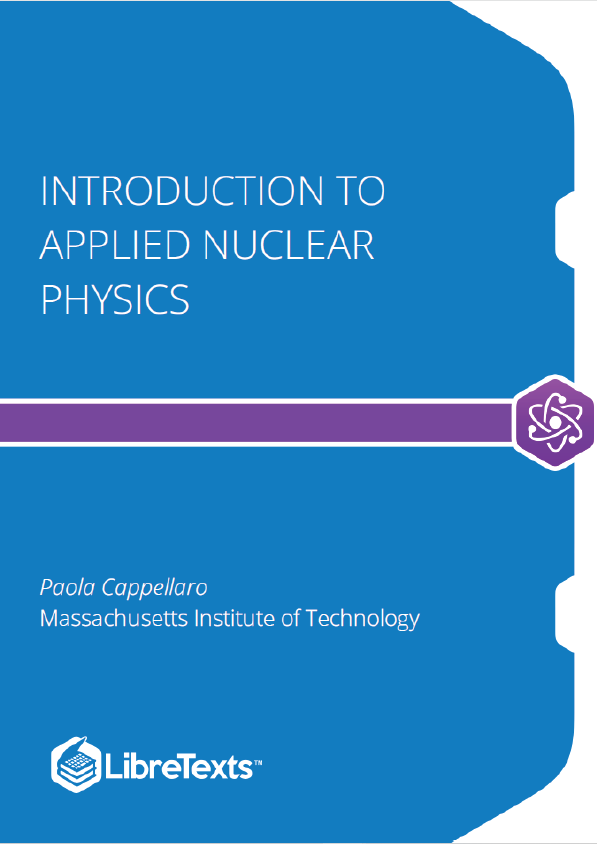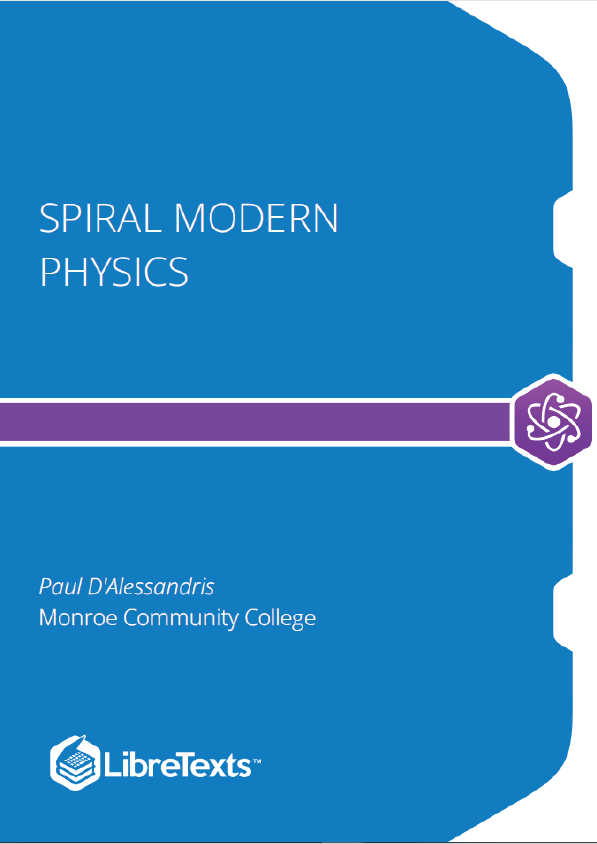The Second Edition of Spacetime Physics embodies what the authors had learned during an additional quarter century of teaching and research. They updated the text to reflect the immense strides in physics during the same period and modernized and increased the number of exercises, for which the First Edition was famous. Enrichment boxes provide expanded coverage of intriguing topics. Sample problems encourage students to exercise their newfound power. An enlarged final chapter on general relativity includes material on gravity waves, black holes, and cosmology.
Disagree on northward and eastward separations; agree on distance
Once upon a time there was a Daytime surveyor who measured off the king’s lands. He took his directions of north and east from a magnetic compass needle. Eastward separations from the center of the town square he measured in meters. The northward direction was sacred. He measured northward separations from the town square in a different unit, in miles. His records were complete and accurate and were often consulted by other Daytimers.
A second group, the Nighttimers , used the services of another surveyor. Her north and east directions were based on a different standard of north: the direction of the North Star. She too measured separations eastward from the center of the town square in meters and sacred separations northward in miles. The records of the Nighttime surveyor were complete and accurate. Marked by a steel stake, every corner of a plot appeared in her book, along with its eastward and northward separations from the town square.
Daytimers and Nighttimers did not mix but lived mostly in peace with one another. However, the two groups often disputed the location of property boundaries. Why? Because a given corner of the typical plot of land showed up with different numbers in the two record books for its eastward separation from the town center, measured in meters (Figure ). Northward measurements in miles also did not agree between the two record books. The differences were small, but the most careful surveying did not succeed in eliminating them. No one knew what to do about this single source of friction between Daytimers and Nighttimers.
One fall a student of surveying turned up with novel open-mindedness. Unlike all previous students at the rival schools, he attended both. At Day School he learned from one expert his method of recording locations of gates of the town and corners of plots of land based on magnetic north. At Night School he learned the other method, based on North-Star north.
Flushed with success, the student methodically converted all northward measurements to units of meters. Then the student realized that the quantity he had calculated, the numerical value of the above expressions, was not only the same for Daytime and and Nighttime measurements . It was also the square of a length: (meters) . He decided to give this length a name. He called it the distance from the center of town.
